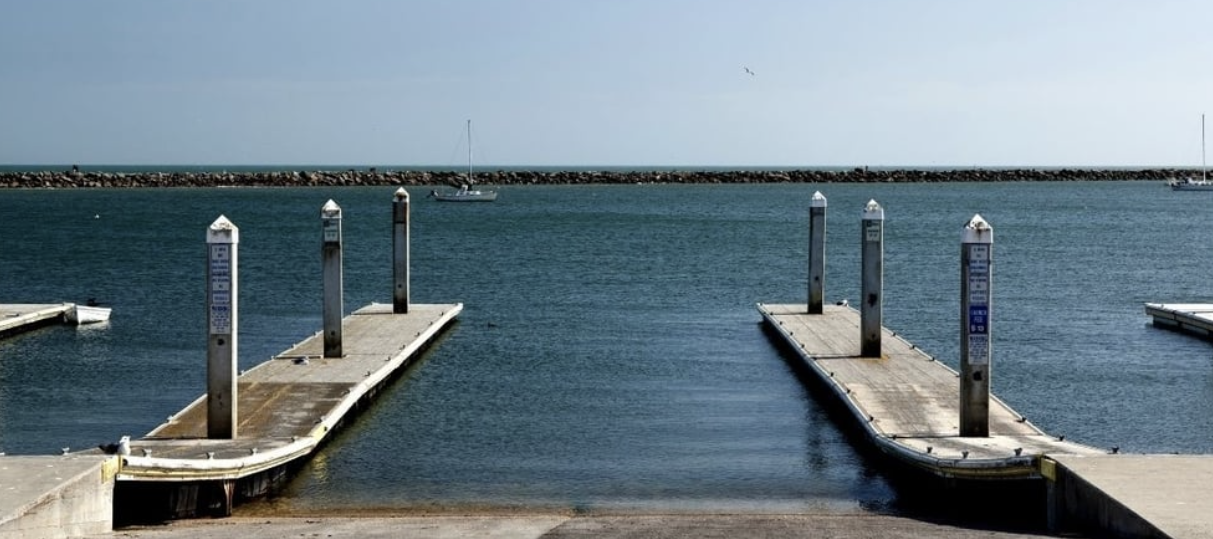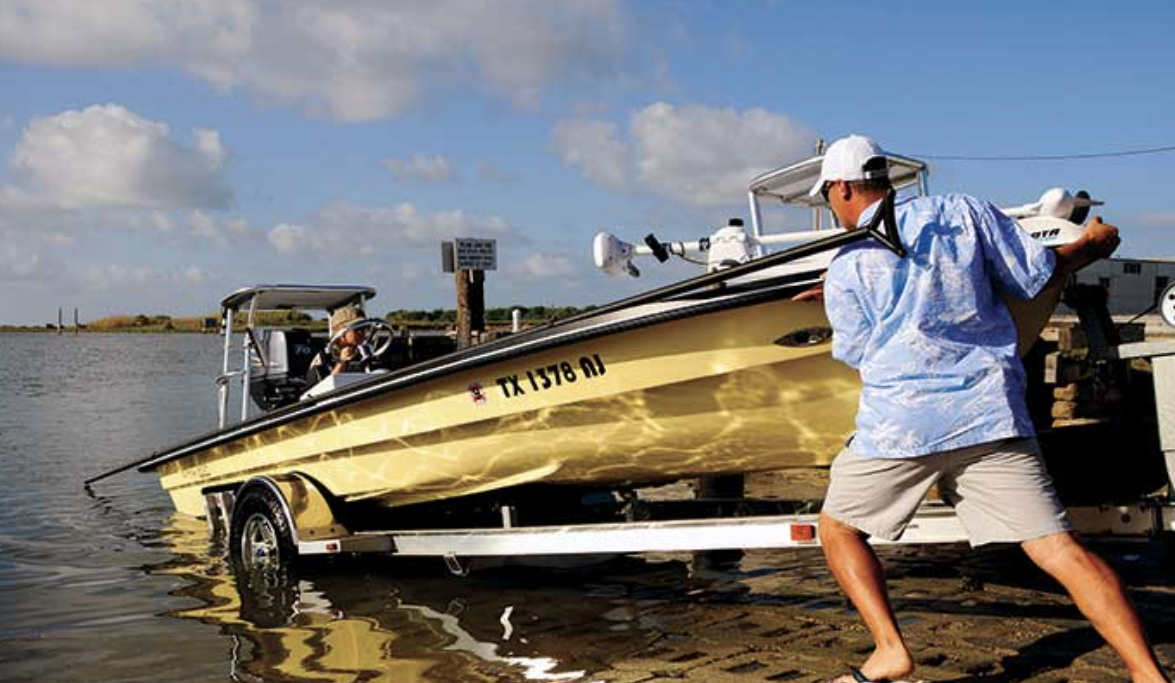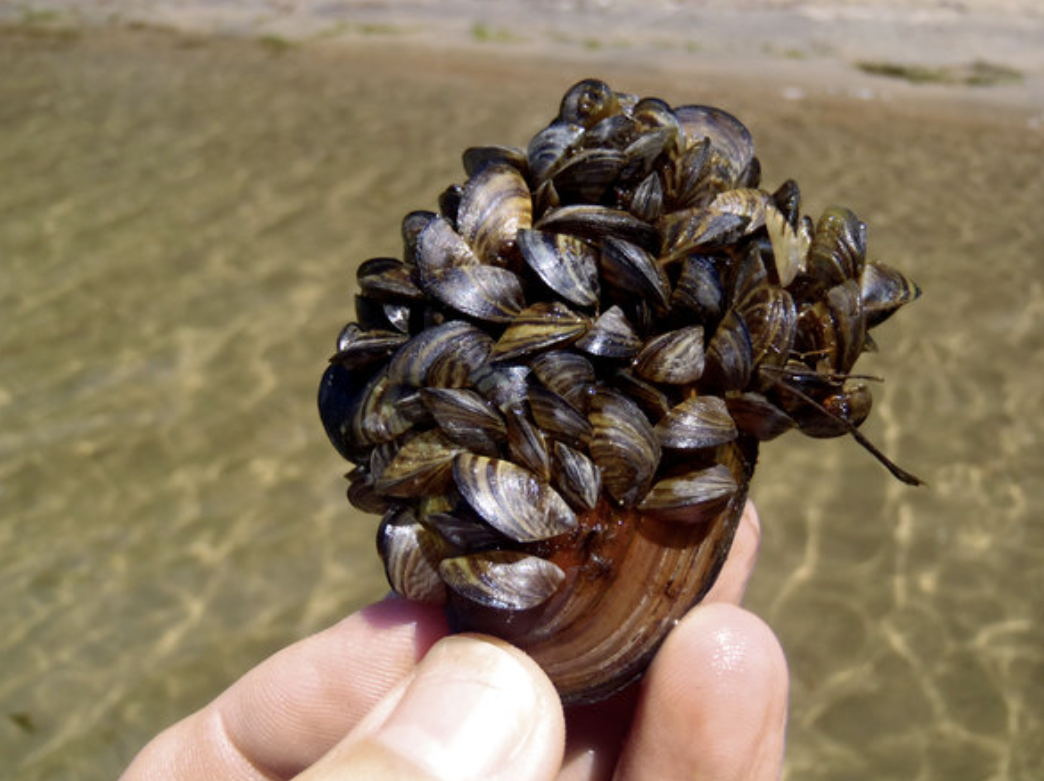Returning To The Ramp And Heading Home
Drop And Go

If you’re going to drop someone off to retrieve the tow vehicle and trailer, do so at the dock next to the boat ramp. Don’t pull up to the ramp itself to do this because you are now blocking others from launching and/or retrieving. Don’t unload everything in your boat until you have it on the trailer in the staging area prior to leaving.
Handling off coolers, clothing, and equipment on the dock or at the bottom of the ramp means you’re keeping others from being able to get their boats into and out of the water.
Trailer Over Boat
One of the quiet rules at a boat ramp is the tow vehicle that is next in line takes precedence to back down the ramp and retrieve a boat. Some believe if a boat waiting to be retrieved is moved to the bottom of the ramp, then its tow vehicle and trailer have the “right” to back down the ramp.
The problem with this is the person assigned to get the tow vehicle and trailer could be still walking back to the parking lot so everyone waits because the lane is blocked. Now, every ramp has its own quiet rules so take notice of how things operate if you’re new.

Communicate
Back the trailer down the ramp just as you did when launching. As you’re doing this, the person with the boat at the dock or circling in the water just offshore should move to the trailer’s location at the bottom of the ramp.
Depth
If power loading, make sure the trailer is deep enough in the water so as not to expose the prop. If manually loading the boat, the person with the boat should have a bow line to throw to the tow vehicle operator once the truck is safely secured, the engine is off, and rear wheels are blocked.
Crank and Load
Load the boat and winch it completely onto the trailer. Secure the winch cable to the bow eye. Raise the outdrive/outboard.
Don’t Stop At The Top
Start the tow vehicle; remove the blocks from the rear wheels (if applicable), and pull the boat up the ramp to the staging area so as not to block the next tow vehicle and boat trailer from having access to the ramp.
Windproof and Lights
Once you’ve reached an area at the facility that is out of the way of boat-ramp traffic, load the appropriate items from the boat into the tow vehicle as well. Also:
- Attach and secure tie downs for the gunwales and stern to the trailer.
- If the Bimini is open, close it. Highway speeds have destroyed many canvas coverings.
- If the trailer lights have been disconnected from the tow vehicle, plug them back in.
- Remove the drain plug, especially if you may be traveling through some heavy rains.
Invasives At The Ramp

In an effort to keep invasives such as zebra and quagga mussels and milfoil from spreading, some cities, counties, and states require inspections prior to a trailer boat being launched. If your plans include one of these bodies of water, it’s always good to understand what will be looked at prior to a launch and in some instances, after retrieval.
If there are no mandatory inspections, make it a point to do one on your own. If your livewell water came from the lake, bay, river, or ocean from which you’ve been boating, empty it back into the same body of water. Never pour out water into another because an aquatic invasive species could be given a new home and quickly multiply, overwhelming water intake pipes and, depending on invasive, native fish populations.
Some Trailering Club members will stop at a car wash to spray hot soapy water over the hull and trailer to remove possible invasives. Others choose to do it at home. Besides the boat hull engine, trim tabs, and trailer, spray these as well:
- Anchor
- Anchor line and dock lines
- Bait well
- Any gear such as waterskis, wakeboards, and tubes that have been in contact with the water.
- Remove any vegetation that may be attached to the propeller or trailer. Letting the boat and trailer sit out of the water for a week has also proven an effective way to keep invasives from spreading.